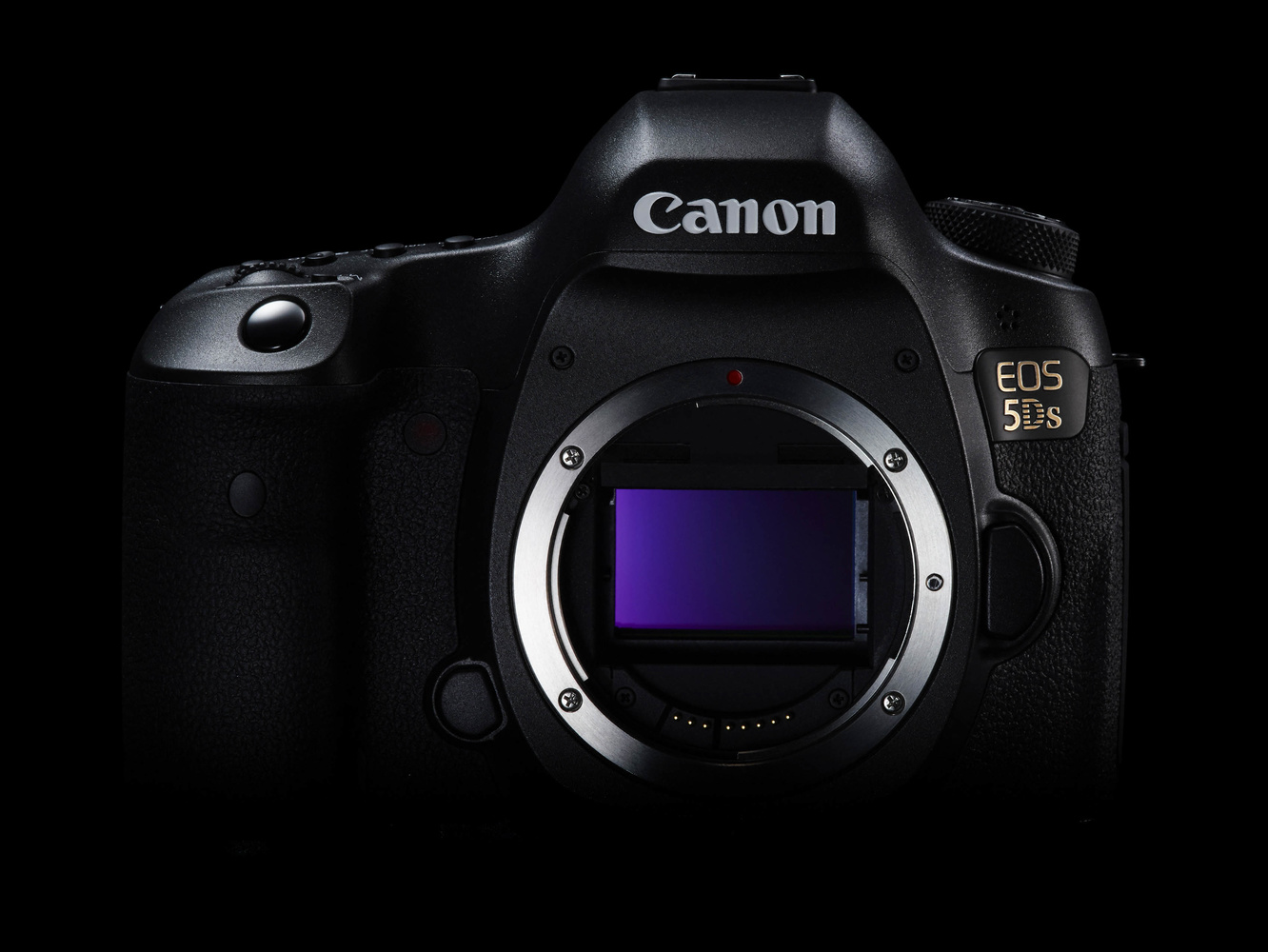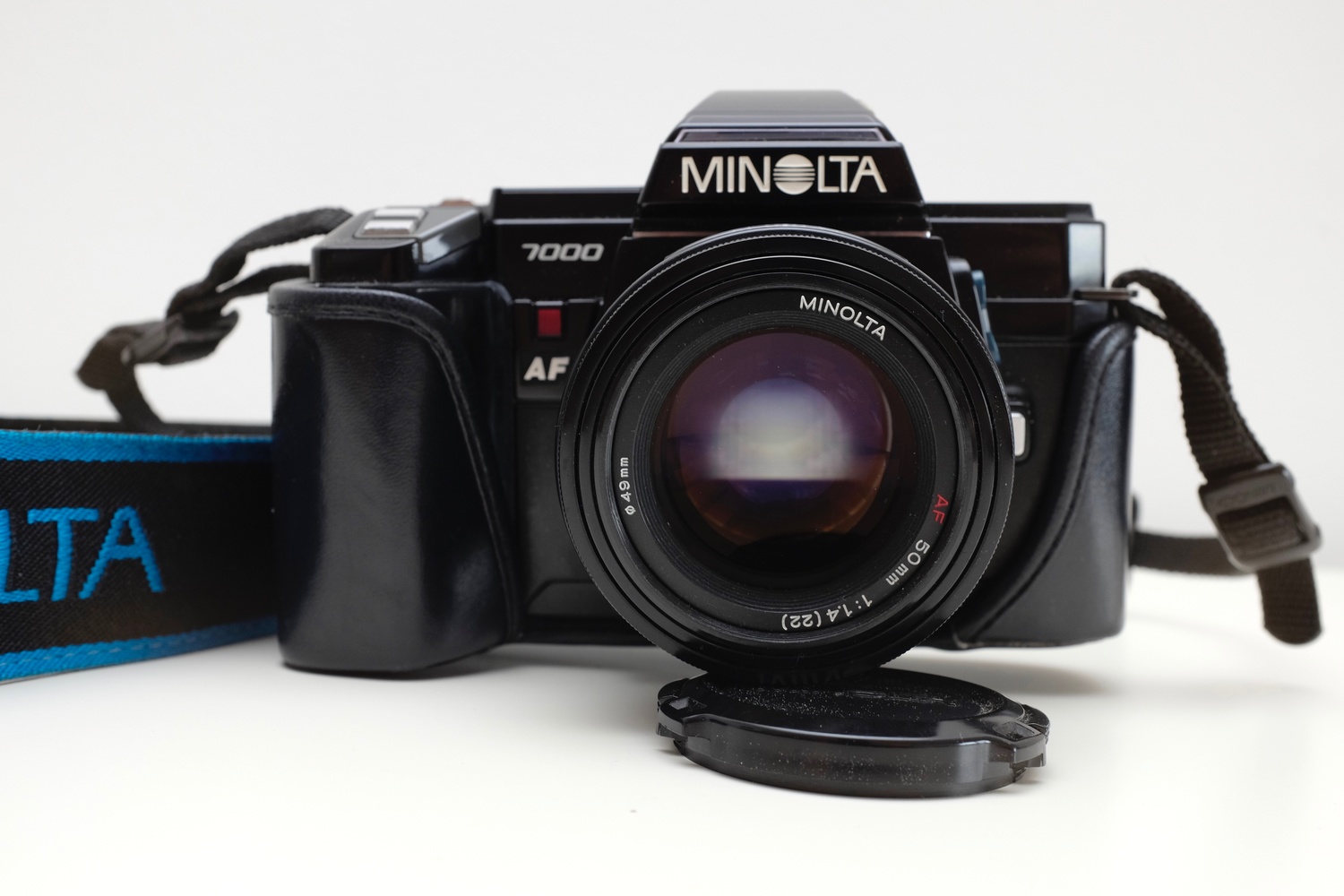The photography industry has made one error over and over again. It is expressed in the assumption that since the march of technology makes it possible to achieve something with less effort, photographers will be happy to accept the current standard and pay extra for more convenient ways of achieving it. Instead, photographers have consistently chosen lower quality in exchange for convenience or asked for higher quality while keeping the process much the same.
Whenever technology catches up and these two curves meet, a new standard of both quality and convenience creates higher expectations, which photographers then have to meet or be left behind. To understand how this plays out, let's look at some historical context. In photography (and cinematography or videography), technological progress has largely come in one of two ways.
Progress
The first is an objective lowering of one quality of image-making to be able to achieve something not possible with other equipment. Lowering image quality, say, in order to be able to take pictures in places where this had not been practical before. (Note that I use "quality" loosely here and apply it mostly to resolution and dynamic range. There will simply never be agreement over every aspect that the "quality" of an image can encompass).
The original Kodak and Leica fall into this category, as does Kodak's introduction of 110 pocket film in 1973 and the recent growth of smartphone photography. All these inventions helped photography achieve something impossible or very hard to do before at the expense of image resolution. The switchover to digital in the late 1990s and the 2000s also fits the bill, although here, lowered image quality was traded in for the convenience of being the first to press with pictures and of capturing more images than feasible with 35mm film.

An Agfa Pocket Camera from the 1970s. Giving up image quality for convenience.
The 1888 Kodak massively lowered expectations of quality compared to 4x5 wet plates but offered a convenient package and a no-fuss way of getting to the finished print. The Leica's 3:2 aspect ratio mirrored that of the 6x9 cm format popular in the 1920s and 1930s for roll film cameras, which offered more than six times the resolution of the Leica's 24x36 mm film frame. Pocket cartridge film and smartphone cameras made it possible to produce cameras people could bring anywhere. This enabled them to take shots that they would never otherwise have taken. But at least initially, picture quality lagged behind what other cameras could produce. People knowingly or unknowingly gave up one thing for another.

Canon 5DS. 50 megapixels and counting?
The second has been by pushing the envelope of current technology to achieve superior technical image quality. This path has led to the development of ever faster and longer zoom lenses, less grainy film emulsions, and to the improvements in sensors we have seen since the early days of digital photography. In 25 years, typical professional DSLRs have gone from 1.3 megapixels to easily beyond 30, with outliers pushing above 50 megapixels. In 2002, Nikon advertised its 6-megapixel D100 DSLR as "film-rivaling." While that statement belongs safely in the realm of marketing optimism, it had a kernel of truth in it. During the early 2000s, 6 megapixels was often seen as the magic barrier at which digital would be able to catch up with 35mm film in terms of resolution. While other comparisons put the number higher, any but the most specialized films scanned on the most high-end drum scanners top out somewhere around 20 megapixels.
New Uses and Moving Goalposts
As technology pushes ahead, people adjust their expectations. If a few grainy, out-of-focus pictures of a couple's newborn baby sufficed in 1960, by the 1970s, Mom and Dad would have expected a few minutes of Super 8 footage, and by the 1980s, full video of birthday parties in addition to sharp autofocused photos. With consumer demands changing, so do the demands they have from professional photographers.
If the uses of photographs had remained entirely the same, any effort by camera manufacturers to push beyond the barrier of resolution that can be expected from 35mm film or to increase ISO sensitivities and burst frame rates on cameras would have been greeted with shoulder shrugs and a lack of credit cards in the hands of willing buyers. Instead however, the new technological possibilities opened up new fields of business and expectations of what was good enough changed. Bluntly, we print larger not because humanity always had an innate need to print larger images, we print larger because we can.
Where wedding and fashion photographers had once bought medium format cameras, they were now buying full frame DSLRs, and where once sports photographers needed to capture a photograph representative of the game, they now needed to capture multiple scenes at the exact right instant. While high frame rates, higher ISOs, and better autofocus had made it possible to capture more decisive moments than ever before, this had also quickly become a requirement. The goalposts kept moving.

The Minolta 7000. Released in 1985, it was the first popular autofocus SLR. It kicked off a race to make autofocus no longer just a point-and-shoot convenience, but an asset in professional photography.
Skate to Where the Puck Will Be
Understanding what's at work here can help you make better decisions as to what your goals and needs should be in photography, both on a personal level of creative expression and in the business sense of offering something others might not be offering. Jeff Rojas, in a recent Fstoppers article, eloquently made the point that you should buy new gear only when you have found you need it. This is a good rule of thumb, but it presupposes that you know what you need. To know what you need, you have to understand what can distinguish you from everyone else.
While aerial photography and drone lighting, for example, are specialties today, it is entirely imaginable that future brides and grooms will come to expect an expertly drone-lit sweeping flyover shot of the moment they exchange their vows or exit city hall or their place of worship. It is also entirely imaginable that this will not catch on. But if it is possible and it looks cool, someone will try. Someone probably already has.
Still, it is important to remember that technology is always only one part of the equation. No amount of progress and automation will be able to replace your eye, your vision, your intuition, or your rapport with a subject you are photographing. Or at least, if we ever get there, you won't have to worry about how to compete. You won't be needed anymore.






